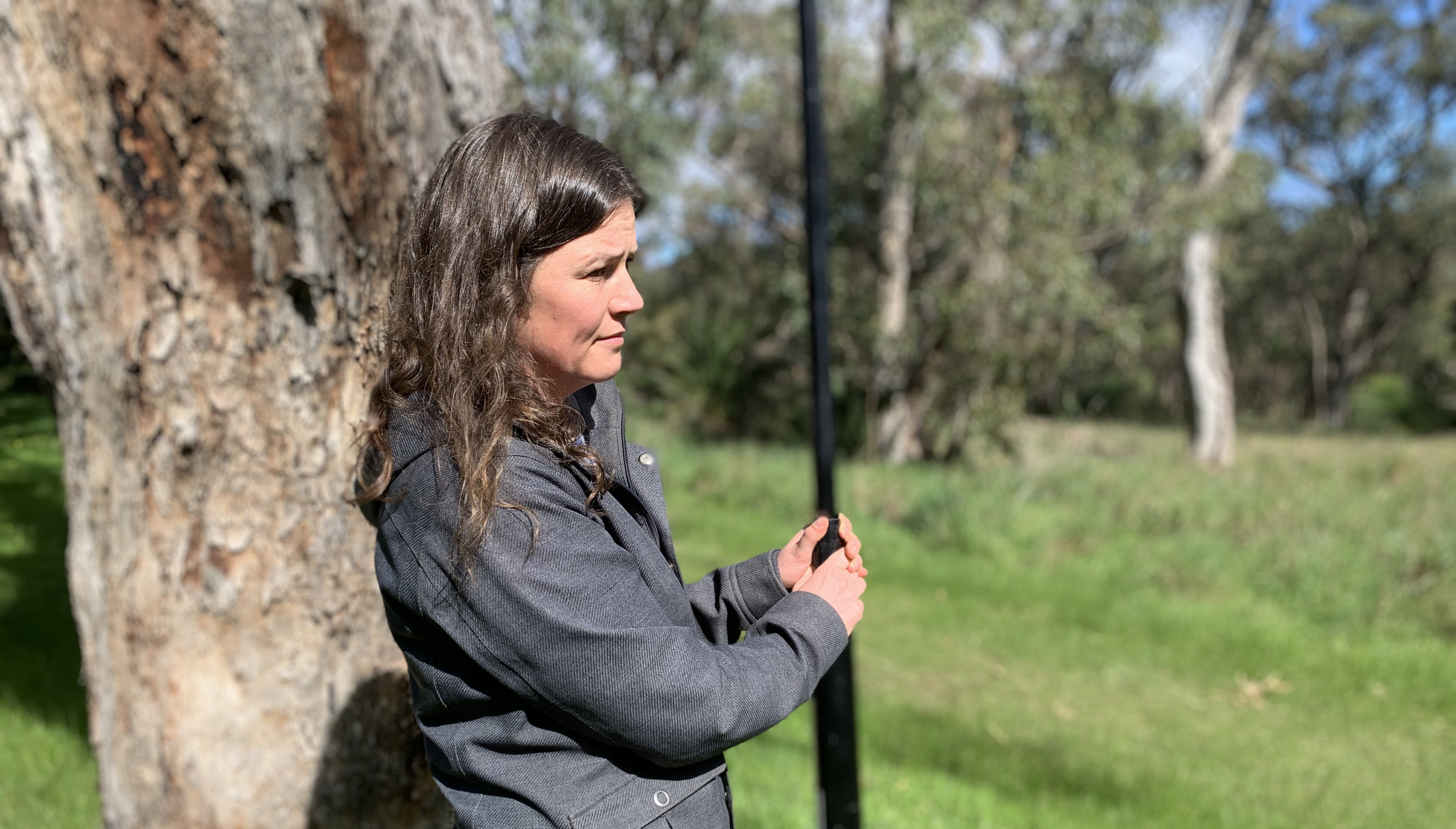It’s the time of year where Carnaby’s are heading back out to the Wheatbelt for breeding.
Breeding occurs between September and January with pairs returning to the female’s natal area which can be 50-150km from where she hatched.
Pairs prospect for hollows for a few weeks, they’re most likely to choose the same hollow if they were successful in their breeding attempt the previous year.
Signs of breeding include:
- Females coming in and out of hollows while a male waits nearby, this is what we refer to as prospecting;
- Chew marks and rough bark around hollow, this is from the female chipping away at it to line the base of the hollow;
- Flocks of mostly males, they’re foraging for food to feed the female sitting on the nest;
- Males perching in trees mid-morning & late afternoon, they’re returning to feed the female. They perch in an adjacent tree and call to the female who emerges from the hollow to feed.
Earlier this month the Healthy Environments team caught up with Adam from Birdlife to be trained in their ‘Tap & Flush’ method to monitor hollows for their potential to be used for nesting as well as active breeding hollows.
However, as a female isn’t always flushed from the hollow it isn’t the most reliable method of determining active breeding.
That’s where the ‘Cocky Cam’ comes in. The ‘Cocky Cam’ is a small camera mounted on a telescopic pole used to inspect the inside of a nesting hollow. This helps determine whether the hollow is being used for breeding either by the presence of eggs or nestlings, as well as more information such as the dimensions of the hollow, age of the nestlings and presence of competitors.
We’re going to be undertaking nesting surveys of our own throughout the region and we need your help to do so! If you’ve seen any black-cockatoos or signs they may be nesting nearby please let us know by completing our survey https://survey123.arcgis.com/share/8de324697dfb41b680764e28888ea6cf?open...

This Wheatbelt NRM project is supported through funding from the Australian Government’s National Landcare Program.


